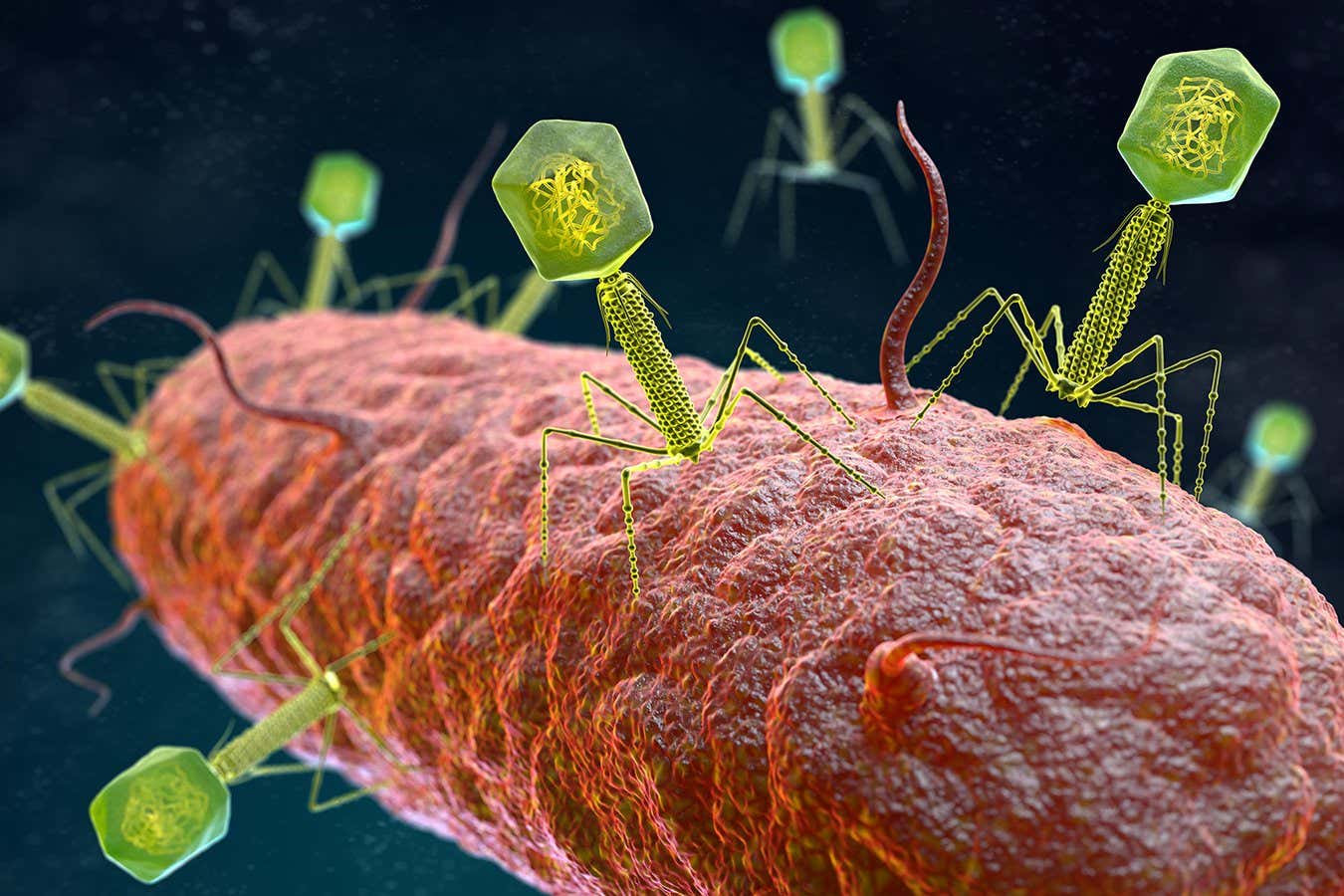Let’s stop making lab-grown meat weird
PICTURE this: it’s 10 years from now and you are deciding what to get for lunch. You’re stuck between a raptor meatball sub or a dodo chorizo burrito. It is a delicious problem to have – or maybe a creepy one. Or both. It can be stunning to take a step back sometimes and realise … Read more




